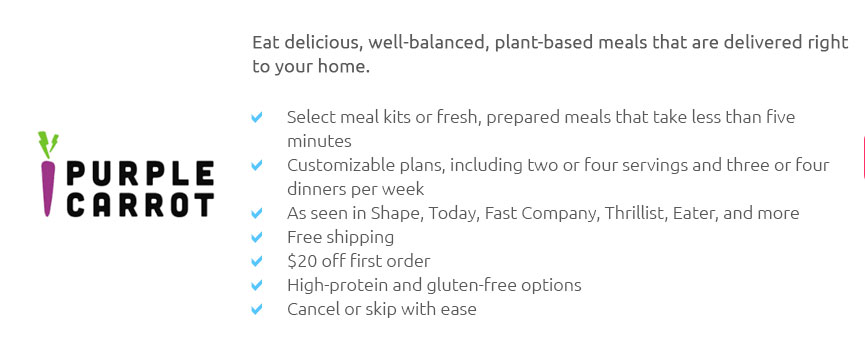 |
 |
 |
|---|
 |
|---|
 |
||||||
|---|---|---|---|---|---|---|
|
||||||
 |
 |
|||||
 |
 |
|||||
 |
 |
|||||
 |
 |
|||||
 |
 |
|||||
 |
 |
|---|
Exploring the Convenience and Appeal of Meals Ready to CookIn today's fast-paced world, the concept of meals ready to cook has emerged as a compelling solution for those who crave home-cooked meals but are constrained by time or culinary expertise. These meal kits, which provide pre-portioned ingredients and detailed recipes, have revolutionized the way many approach cooking at home, blending convenience with the satisfaction of preparing a meal from scratch. The rise of meals ready to cook can be attributed to several factors. Firstly, there is the undeniable convenience they offer. With everything needed for a meal included in a single package, individuals can save precious time on meal planning and grocery shopping, tasks that often deter people from cooking regularly. Moreover, the precise portioning helps minimize food waste, a concern for environmentally conscious consumers who wish to reduce their carbon footprint. Another appeal of these kits is their ability to introduce variety into one's diet. With an array of cuisines and dishes available, from classic American comfort foods to exotic international flavors, these kits encourage culinary exploration and can help break the monotony of regular meal routines. This variety is often accompanied by detailed instructions that make even the most complex dishes accessible to novice cooks, instilling confidence and fostering a love for cooking. Health-conscious individuals also find value in meals ready to cook, as many companies offer kits that cater to specific dietary preferences and restrictions, such as vegetarian, keto, or gluten-free options. This customization ensures that individuals can enjoy meals that align with their nutritional goals without compromising on taste or quality. Despite their many advantages, meals ready to cook are not without their criticisms. Some detractors point to the cost, which can be higher than purchasing individual ingredients, especially when considering the subscription model that many of these services operate on. Additionally, while they reduce the time spent shopping and planning, the actual cooking process still requires effort, which may not appeal to everyone, particularly those seeking an entirely hands-off meal solution. In conclusion, while meals ready to cook are not a one-size-fits-all solution, they undoubtedly offer a valuable option for those looking to balance convenience with the joy of home-cooked meals. By catering to diverse tastes and dietary needs while simplifying the cooking process, these kits have carved out a significant niche in the culinary landscape. As they continue to evolve and adapt to consumer demands, it is likely that their popularity will persist, offering a practical yet engaging way to enjoy the art of cooking without the usual hassles. https://www.blueapron.com/?srsltid=AfmBOooGYe8dTIhEW265UKxUasZhZLUI5m40NolBOyQ1-r-_ySKw3ISF
Ready to Cook. Pesto Chicken and Orzo. Prepared and ready tray ... https://www.bonappetit.com/story/best-meal-delivery-services?srsltid=AfmBOor0WS17wT4OG64qzuIpu2OkBuDaWQtkTlyzGgFYsmDyjc5LCVu3
... meal kit service for unfussy weeknight dinners. The brand also has an extensive marketplace full of prepared meals, cook-and-eat options ... https://www.homechef.com/?srsltid=AfmBOoou_fvn_Hv4aqWmyw69MmdE3Vjj4ncrpxyolFMfVUdtfvKeMyK7
Our weekly deliveries of fresh, perfectly-portioned ingredients have everything you need to prepare home-cooked meals in about 30 minutes.
|
|---|


